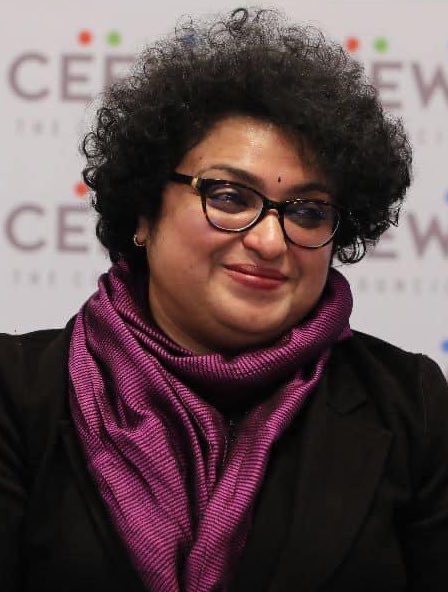Violence against women (VAW) is now acknowledged as a global problem with substantial macroeconomic costs. This is a “shadow pandemic”. Prior to the global contagion of Covid-19, the global cost of VAW had been estimated at approximately $1.5 trillion.
Growing VAW is one of the greatest human rights violations. The UN has announced to spend a significant amount from its emergency pandemic package to address the rising VAW. The economic stimulus packages announced by many countries have incorporated gender and human rights assessments in formulating the pandemic packages. However, the fiscal marksmanship of emergency packages needs to be analysed. There is a significant deviation between what was announced and what was actually realised.
In the economic stimulus packages announced in India, there were no direct announcements related to tackling VAW. However, two direct announcements in the pandemic packages in India related to women were gender budgeting in energy infrastructure by providing clean fuel to women in the poor income households, and the cash transfers to the care economy by transferring money to women through digital (financial) infrastructure. The quantum of cash transfers needs to be revised up, as it is a powerful social protection measure announced by the finance minister. An abrupt roll-back of the economic emergency package can adversely affect the careeconomy.
The emergency pandemic packages are fiscal measures, which are short-term in nature. In order to tackle the issues of VAW, it is pertinent to explore long-term macro-policy tools like gender budgeting. Gender budgeting—that integrates gender consciousness into fiscal policy frameworks—is an effective tool for accountability in Public Financial Management (PFM) in the time of the pandemic. However, gender budgeting needs to be strengthened by incorporating “intersectionality” issues.
Rule of law is a public good. It is non-rivalrous and can’t exclude anybody. However, the recent incident of a Dalit woman who was brutally raped in Hathras was a clear case of lack of political accountability. Such instances are compelling evidence that one cannot ignore ‘intersectionality’ issues in VAW. It was shocking to see how dignity was denied in life and death. Research has highlighted that “even when class conditions are equalized, caste seems to have an independent effect on future life outcomes” (eprints.lse.ac.uk/74601/). There is a significant inverse relationship between state capacity and VAW. Lower conviction rates reflect a weak criminal justice system.
The political economy of income inequalities makes matters worse. These intersectionality issues in VAW are compelling, both from political and economic perspectives. A research paper written by Cambridge scholars clearly articulates the political economy of violence, exploring the effects of ethnic violence on electoral shares, which gives insights into voter behaviour (ftp.iza.org/dp9522.pdf). Another research shows the “economics of religion” in accentuating such crimes. When religion is a “club good”, and when there is no significant inter-generational upward mobility of people within the caste hierarchy, such caste-based heinous crimes will be show high frequency in occurrence. The “sacrifices and stigmas” within those categories also reveal the way one is committed to the “club” (bit.ly/38m8nQK). Unless we see these “intersectionality issues” in VAW, the policy formulations can be partial.
From the legal perspective, the Justice Verma Committee report provided a comprehensive framework for gender justice through a proposed “Bill of Rights.” The Bill of Rights is a proposed charter that would set out the rights guaranteed to women under the Constitution of India, against the backdrop of India’s commitment to international conventions (bit.ly/3hQMQTr). Translating the Bill of Rights commitments into budgetary commitments is quite crucial, yet hasn’t been effectively done, despite all these years. Cyber-violence against women is also on the rise in the time of Covid-19. The (forthcoming) Union Budget 2021-22 may strengthen the programme design and the budgetary allocations related to gender-budgeting.
Lekha Chakraborty is Professor, NIPFP, New Delhi.
This column was first published in Financial Express , January 8, 2021.
The views expressed in the post are those of the authors only. No responsibility for them should be attributed to NIPFP.

